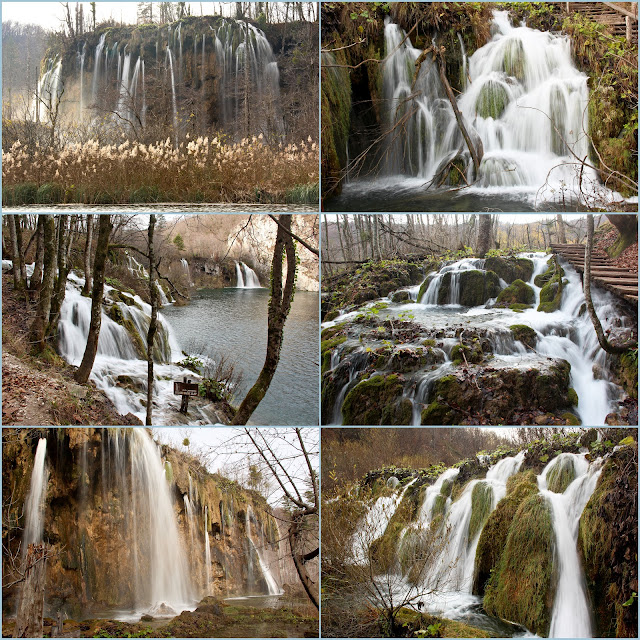Most tourists visit Croatia for glorious islands with sapphire waters and sunny beaches. Some go to find medieval castles or enjoy summer festivals. And a few reach Croatia to learn the history of the necktie. But since we arrived much too late for summer, and missed National Cravat Day, we took the road less traveled.
We started in Istria, a lush green peninsula of olive groves and vineyards edged with colourful fishing towns. Almost at the tip of Istria is Pula.
Pula's history stretches from its days as a Roman colony to the main port of the Austro-Hungarian Empire.
The Pula Arena, one of the largest surviving Roman amphitheatres in the world.
We spent a little time at the very south of the cape.
A mildly-visible crustacean spotted in a rockpool.
On the West of the Istrian Peninsula is the fishing port of Rovinj.
From there we headed inland to the stunning Plitvice Lakes National Park.
16 green lakes are connected by flowing water which we explored almost by ourselves.
Ahhh the serenity.
Heading back down to the coast, we went to Split.
The old centre of the city is within what is left of Diocletian's Palace.
Its narrow lanes, high walls and seamless merging of new and old was really unique.
Above the city are the ruins of the Roman city of Salona, capital of Ancient Dalmatia.
Exploring the ruins which are overgrown, seemingly ignored by locals and having no tourists in sight was really cool.
We enjoyed Croatia a lot, but as we drove along the coastal road and stared at the islands which seemed to somehow avoid the clouds, we couldn't help but plan to come back some day. Perhaps in summer, when everyone else goes.





















No comments:
Post a Comment